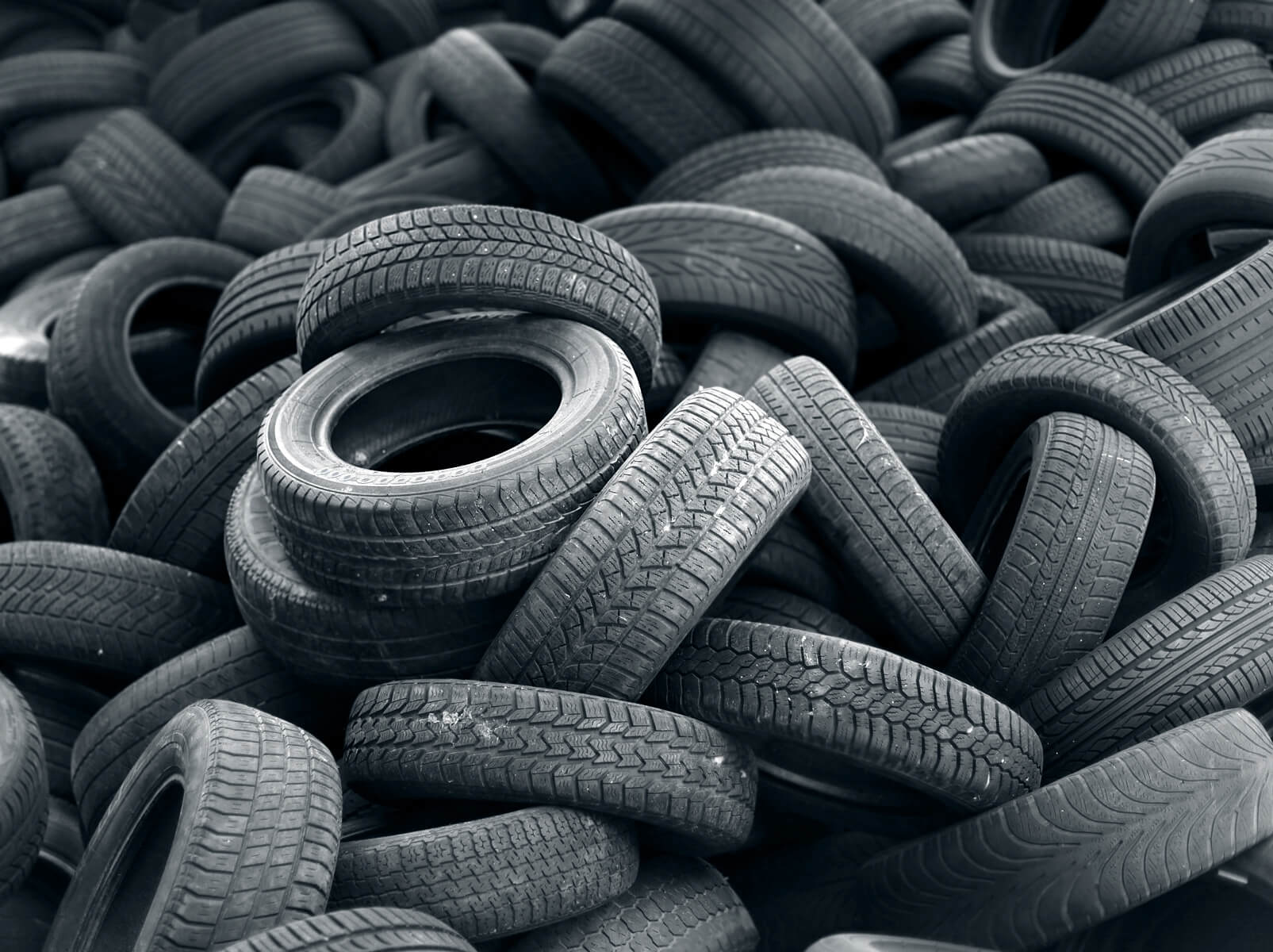THE FIRE-RESISTANT CONCRETE MADE FROM OLD TYRES
A research team at the University of Sheffield has discovered that fibres extracted from old tyres can be used effectively to reinforce concrete, making it more durable in the event of a fire. The discovery could not only make structures much safer, but also help solve a global environmental issue that has gone unresolved for decades.
In the UK we generate around half a million tonnes of waste tyres every year. Many are recycled or reused in some shape or form, the rest are incinerated for energy recovery under the EU’s Landfill Directive which made dumping tyres in landfill illegal.
However, the number of tyres being incinerated may be about to fall, as a team at Sheffield University Department of Civil and Structural Engineering have published research proving that recycled tyre polypropylene fibres (RTPF) and the recycled tyre steel fibres (RTSF) within them, can be added to concrete to improve its level of fire resistance.

The fibres, commonly used to reinforce tyres on passenger vehicles, help to prevent the concrete “spalling”; a violent peeling off of the concrete’s surface allowing structural steel elements to be exposed to the fire, which can lead to catastrophic structural failure in buildings and tunnels. Dr Shan-Shan Huang, senior lecturer in Structural Engineering at Sheffield University explains:
“Because the fibres are so small, they don’t affect the strength or the stiffness of the concrete. Their only job is to melt when the heat becomes intense. Concrete is a brittle material, so will break out relatively easily without these fibres which help reduce the pressure.”
The most exciting finding from the research is that both the polypropylene and steel fibres extracted from recycled tyres are as effective as newly made fibres. This has huge implications for the way we can utilise our old tyres, and can potentially reduce the need to produce new fibres.
Professor Kypros Pilakoutas from the University’s Department of Civil and Structural Engineering, who coordinates the EU research project said:
“Incinerating such high-quality materials as used in tyres is plainly wrong and by demonstrating that they can be reused for their original properties, we are hoping that the decision makers will take steps towards limiting incineration to materials that cannot be reused.”
The team at Sheffield University is researching ways of cleanly extracting the polypropylene and steel fibres from old tyres and is working with Twincon Ltd in Sheffield to create a processing facility for tyre wire, and they foresee such demand for the materials that other plants are planned overseas.